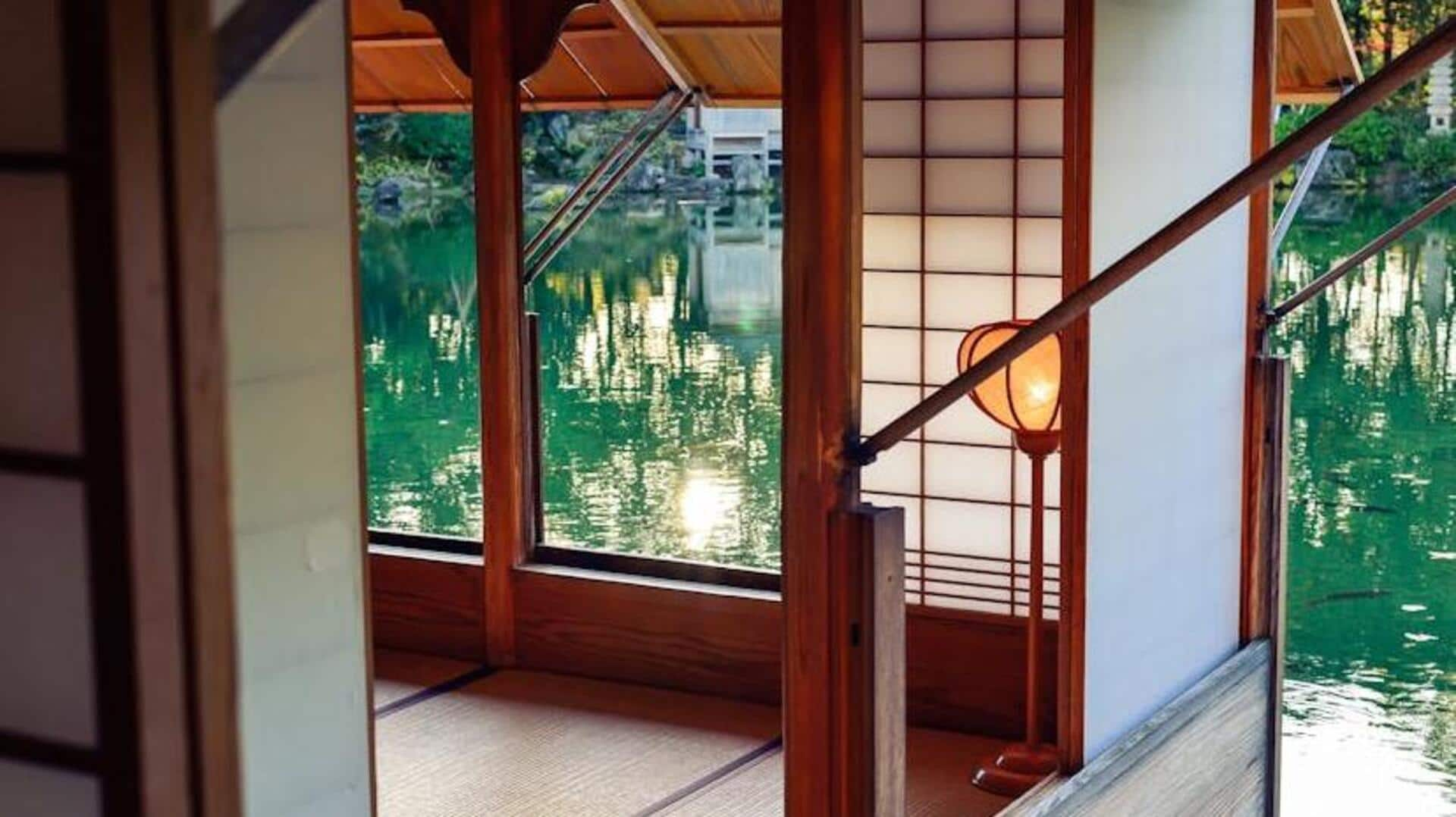
Discover the hidden charms of traditional Japanese homes
What's the story
Japanese traditional home architecture is a beautiful mix of simplicity, functionality, and harmony with nature. These homes are designed to be in sync with changing seasons and provide comfort in all weather conditions. The architectural style exudes a mindful respect for natural materials and an emphasis on minimalism. Here are five surprising things that make Japanese traditional homes the way they are.
Tatami
Tatami flooring: A natural choice
Tatami mats are a Japanese home staple, constructed from rice straw and woven rush grass. These mats not only create a soft surface but also ensure humidity levels are maintained in the house. Rooms were traditionally measured by the number of tatami mats they could hold, highlighting their role in design. The natural materials of tatami also enhance indoor air quality by absorbing moisture during humid months and releasing it when the air's dry.
Shoji
Shoji screens: Light and privacy
Shoji screens are essentially sliding panels with translucent paper over a wooden frame. They can be used as doors or room dividers, letting light filter through softly. Unlike solid walls, shoji screens create flexible spaces that can be reconfigured easily as per need. This provides privacy without compromising on natural light, making interiors spacious yet cozy.
Engawa
Engawa: The indoor-outdoor connection
Engawa is the narrow wooden strip running along the perimeter of traditional Japanese houses, serving as an intermediary between indoors and outdoors. It serves a myriad of purposes, from providing shade during summer to serving as a buffer against cold winds in the winter. Engawa promotes interaction with nature by providing views of gardens or landscapes while keeping you protected from elements.
Fusuma
Fusuma panels: Versatile interiors
Fusuma panels are opaque sliding doors used inside Japanese homes for dividing rooms or creating storage spaces. Unlike fixed walls, fusuma can be moved around easily to alter room sizes based on activities taking place within them. These activities include hosting guests or family gatherings, demonstrating adaptability inherent in this architecture style.
Irori
Irori Hearths: Central heating solution
Irori hearths used to take center stage inside rural homes, where families huddled around for warmth in winters. They served as cooking zones, too. Above these hearths would generally hang an adjustable hook known as jizaikagi, which held pots over fire securely—a testament not only to efficient use, but also to communal living practices that were common back then.